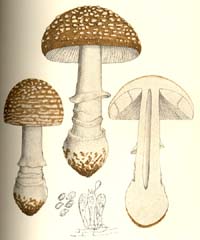
No volva
Base of stalk bulbous
Cap brownish or yellowish
Lepidella Section

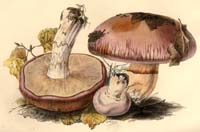 Key to Gilled Mushrooms Key
Key to Gilled Mushrooms Key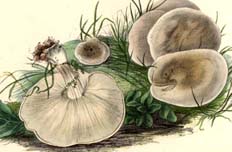 Agaricales Order
Agaricales Order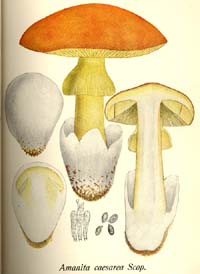 Amanita Genus
Amanita Genus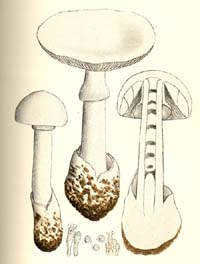 Phalloideae Section
Phalloideae SectionBulbous Phalloideae SubSection No volva | Links from Look-alikes Lepidella Section  Annulus present |
 Glossary | 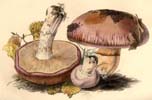 Mushrooms |  |  People | 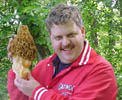 Newsletter |  Events |